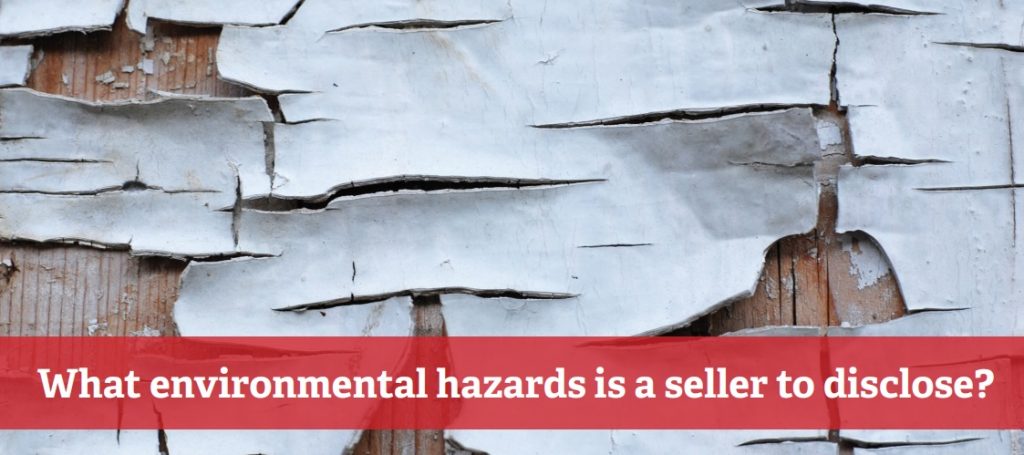
A: Environmental hazards are man-made hazards such as noxious or annoying conditions, not natural hazards that exist at the location of the property.
As environmental hazards, the conditions are classified as either:
• Injurious to the health of humans; or
• An interference with an individual’s sensitivities.
Environmental hazards are defects in a property affecting its use by humans. If known to a prospective buyer, the defects may affect a prospective buyer’s decision to purchase the property. Thus, the environmental conditions are material facts. When known to the seller or the agents participating in a transaction, environmental hazards are to be disclosed to prospective buyers since material facts adversely affect
the property’s value.
Environmental hazards located on the property which pose a direct health threat to occupants include:
• Asbestos-containing building materials;
• Carbon monoxide;
• Formaldehyde;
• Hazardous waste;
• Lead;
• Toxic mold; and
• Radon gas concentrations.
The seller’s agent conducts a visual inspection of the property for visible environmental hazards, as well as physical defects, before reviewing the seller-prepared Transfer Disclosure Statement (TDS) for correctness.
On review of the TDS, the agent enters on it any of their observations inconsistent with the seller’s entries to correct the TDS for seller errors or oversights. The TDS becomes one document in the marketing package used to induce buyers to acquire the property.
The timing for delivery of the TDS to prospective buyer as a disclosure is as soon as practicable (ASAP) after the buyer or their agent makes an inquiry seeking further information on the listed property, usually by delivery of a marketing package which includes the TDS.
Also, the seller’s agent delivers, or confirms the buyer’s agent has handed the prospective buyer a copy of the environmental hazard booklet approved by the California Department of Health and Safety (DHS).
The seller is not obligated to hire a third party to investigate and report on whether an environmental hazard is present on or about the property. It is the seller’s and the seller’s agent’s knowledge about hazardous environmental conditions affecting the property which is disclosed on the
TDS.